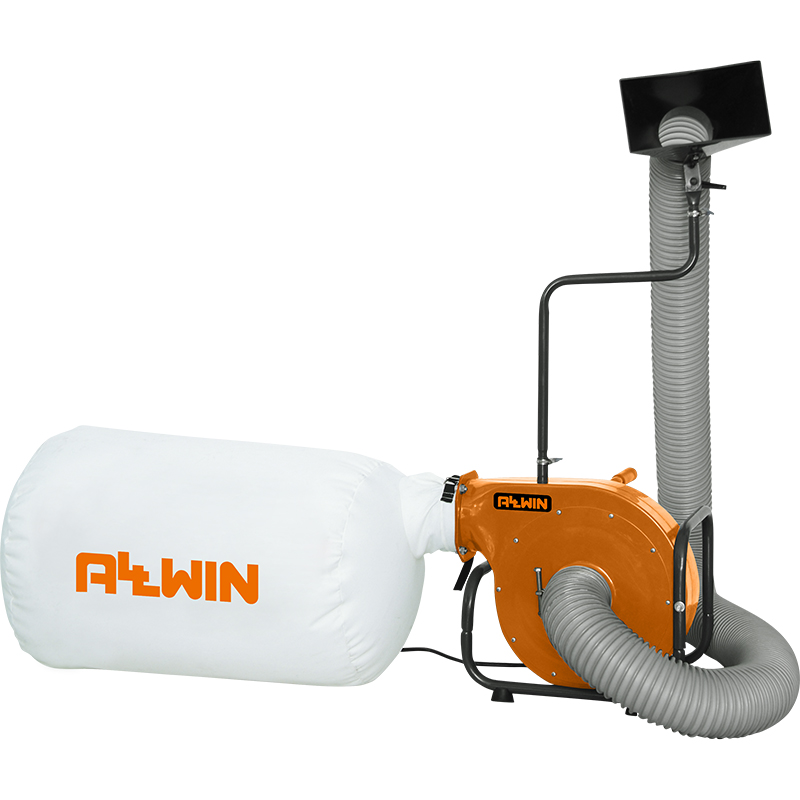Ho baetsi ba mapolanka, lerōle le bakoa ke mosebetsi o babatsehang oa ho etsa ntho ka likotoana tsa lehong. Empa ho e lumella ho bokellana fatše le ho koala moea qetellong ho sitisa thabo ea merero ea kaho. Ke moo pokello ea lerole e bolokang letsatsi.
A mmokelli wa lerolee lokela ho monya boholo ba lerōle le litsupa tsa patsi hole le mechini e kanglisakha tsa tafole, baetsi ba botenya, lisakha tsa sehlopha, li-drum sanders ebe li boloka litšila tseo hore li lahleloe hamorao. Ho phaella moo, motho ea bokellang o hloekisa lerōle le hloekileng ebe o khutlisetsa moea o hloekileng lebenkeleng.
Ba bokellang lerolekena ho e 'ngoe ea mekhahlelo e' meli: mohato o le mong kapa oa mekhahlelo e 'meli. Mefuta ena ka bobeli e sebelisa mochini o tsamaisang motlakase o nang le li-vane tse ka har'a matlo a tšepe ho etsa hore moea o phalle. Empa mefuta ena ea babokelli e fapana ka tsela eo ba sebetsanang le moea o kenang o tletseng lerōle.
Mechini e nang le mothati o le mong e monya moea ka hose kapa kotopo ka kotloloho ka phaposing ea impeller ebe e o butsoela ka phaposing ea karohano / ea tlhoekiso. Ha moea o lerōle o lahleheloa ke lebelo, likaroloana tse boima haholo li lula ka mokotleng oa pokello. Likaroloana tse ntle haholo lia phahama hore li tšoasoe ha moea o ntse o feta har'a sefahla.
A mmokelli wa methati e mmedie sebetsa ka tsela e fapaneng. The impeller e lutse holim'a karohano e bōpehileng joaloka khoune, e monyang moea o lerōle ka ho toba ka karohanong eo. Ha moea o ntse o potoloha ka har'a khoune oa fokotseha, o lumella boholo ba maloanlahla ho lula ka har'a moqomo oa pokello. Lerōle le letle le nyolohela ka har'a tube e bohareng ea khoune ho ea ho impeller ebe e kena sefang se haufi. Kahoo, ha ho lithōle tse ling ntle le lerōle le letle le kileng la fihla ho impeller.Babokelli ba baholoanyanee na le likarolo tse kholoanyane (motoroli, impeller, separator, bin le filthara) tse fetolelang hore moea o phalle, ho huloa le ho boloka.
Ka kopo, romella molaetsa ho rona ho tsoa leqepheng la "iteanye le rona” kapa tlase leqepheng la sehlahisoa haeba u thahasellaAllwin ba bokellang lerole.

Nako ea poso: Jan-30-2024


